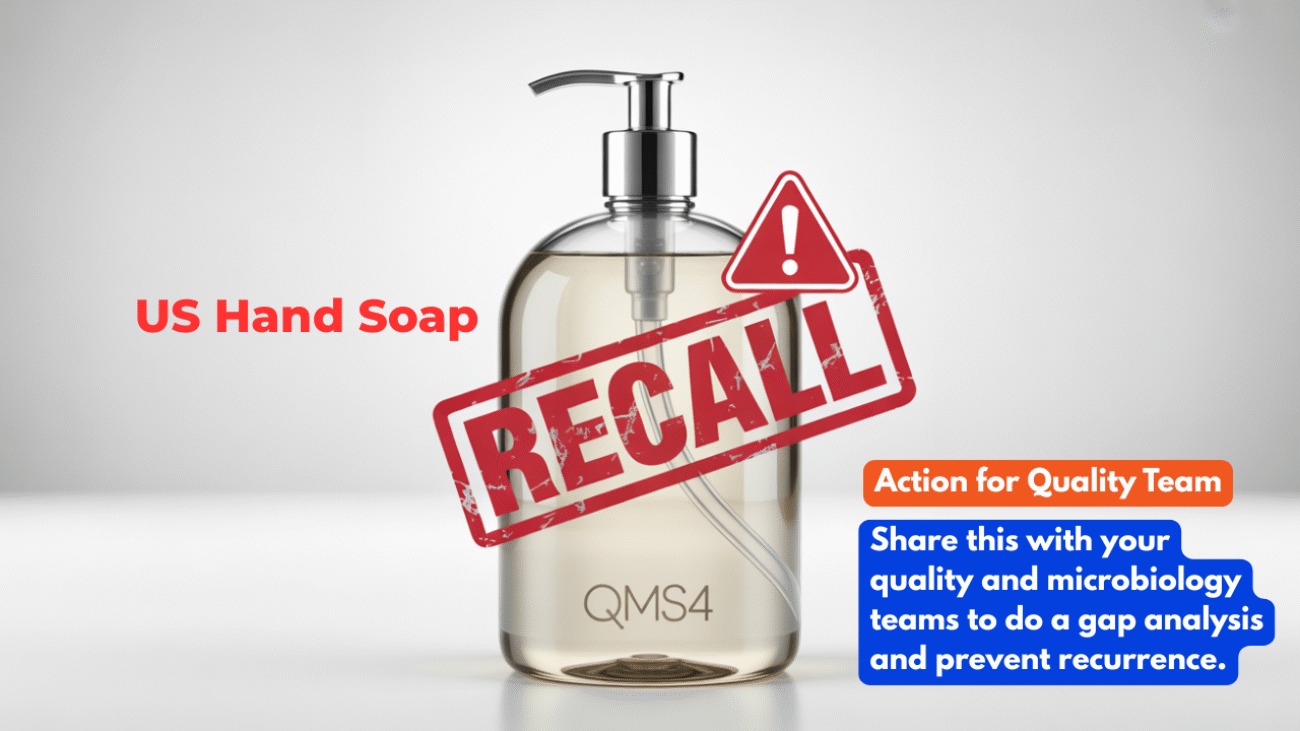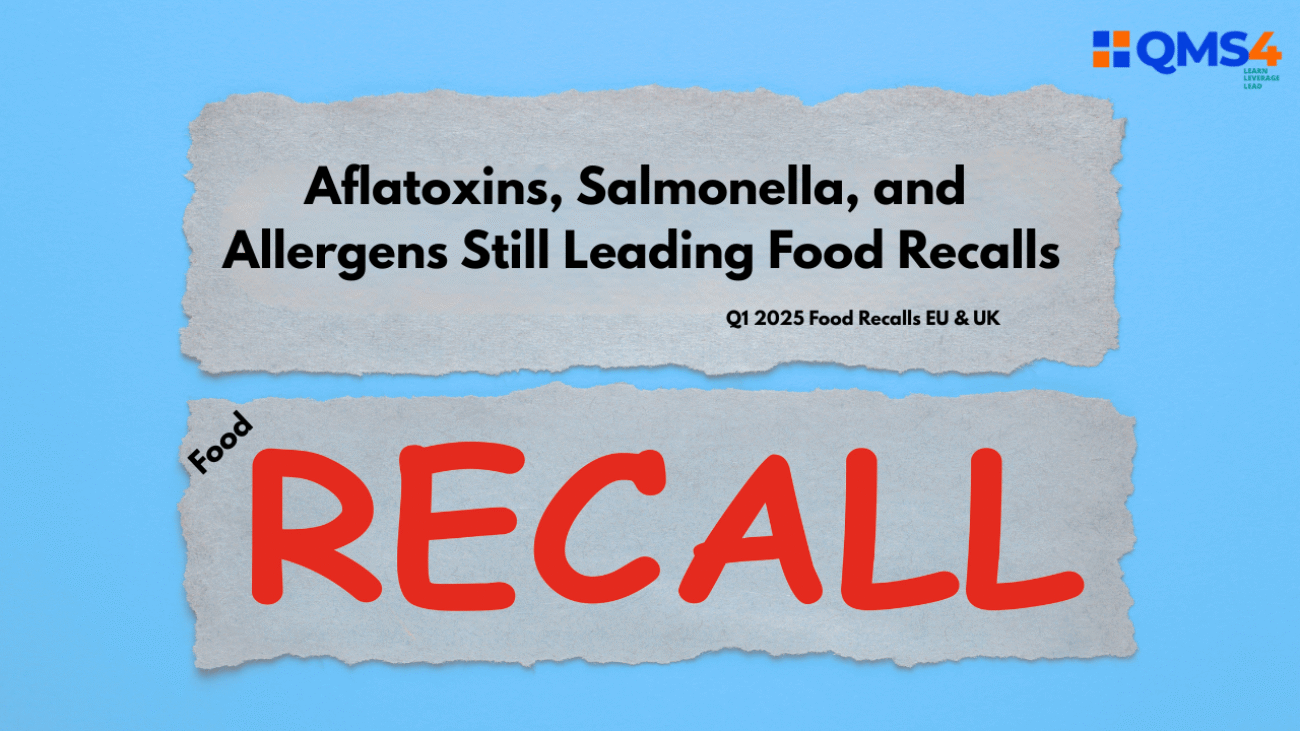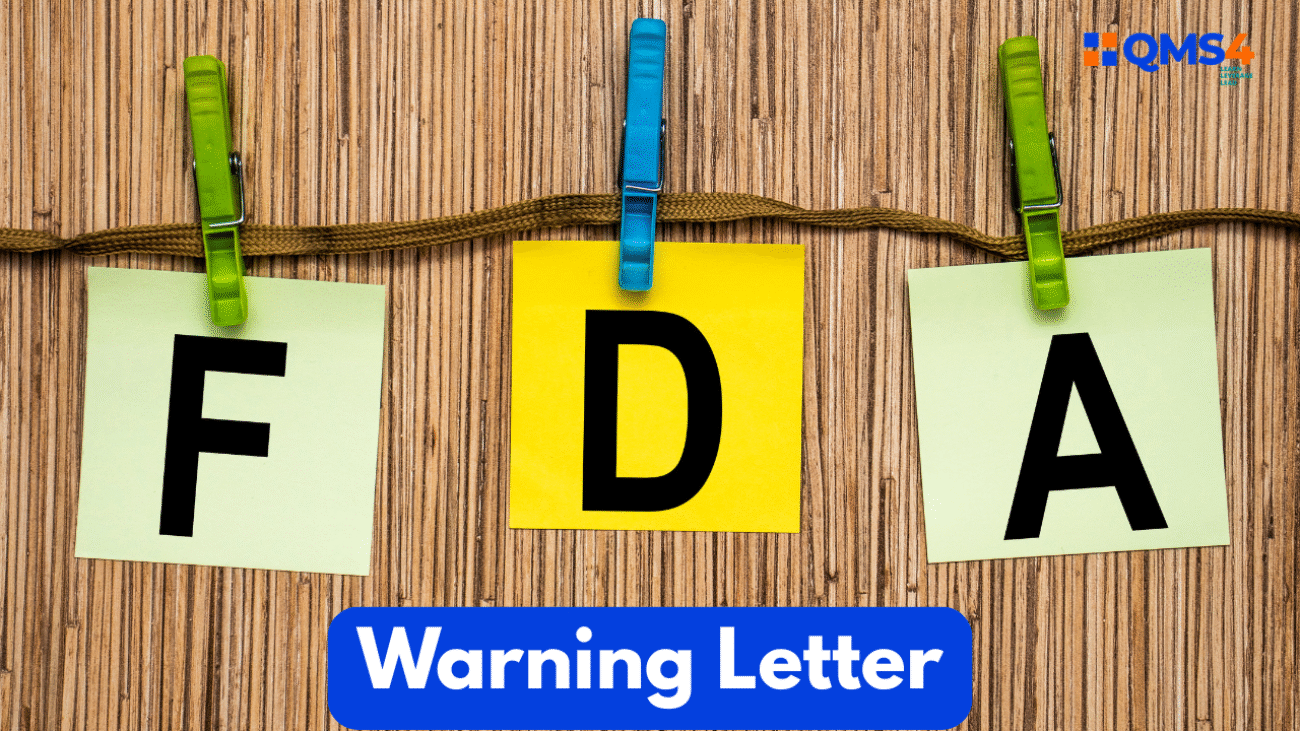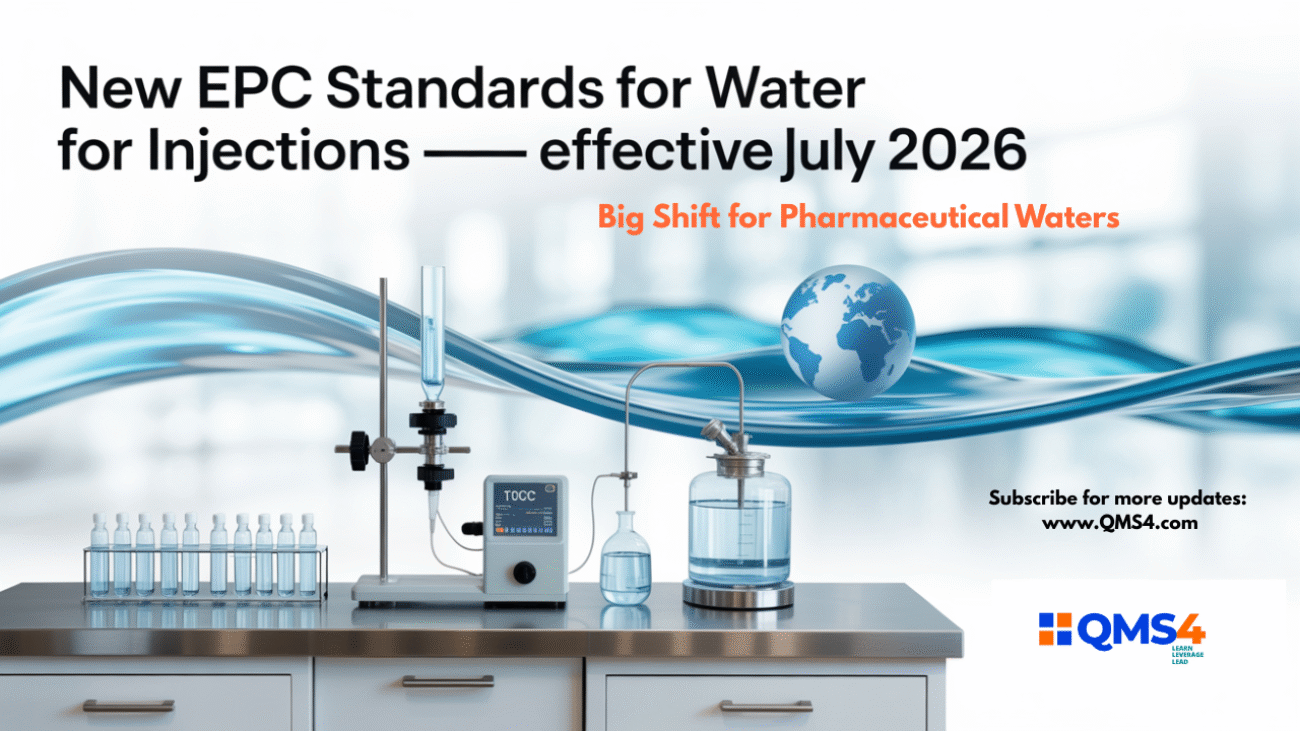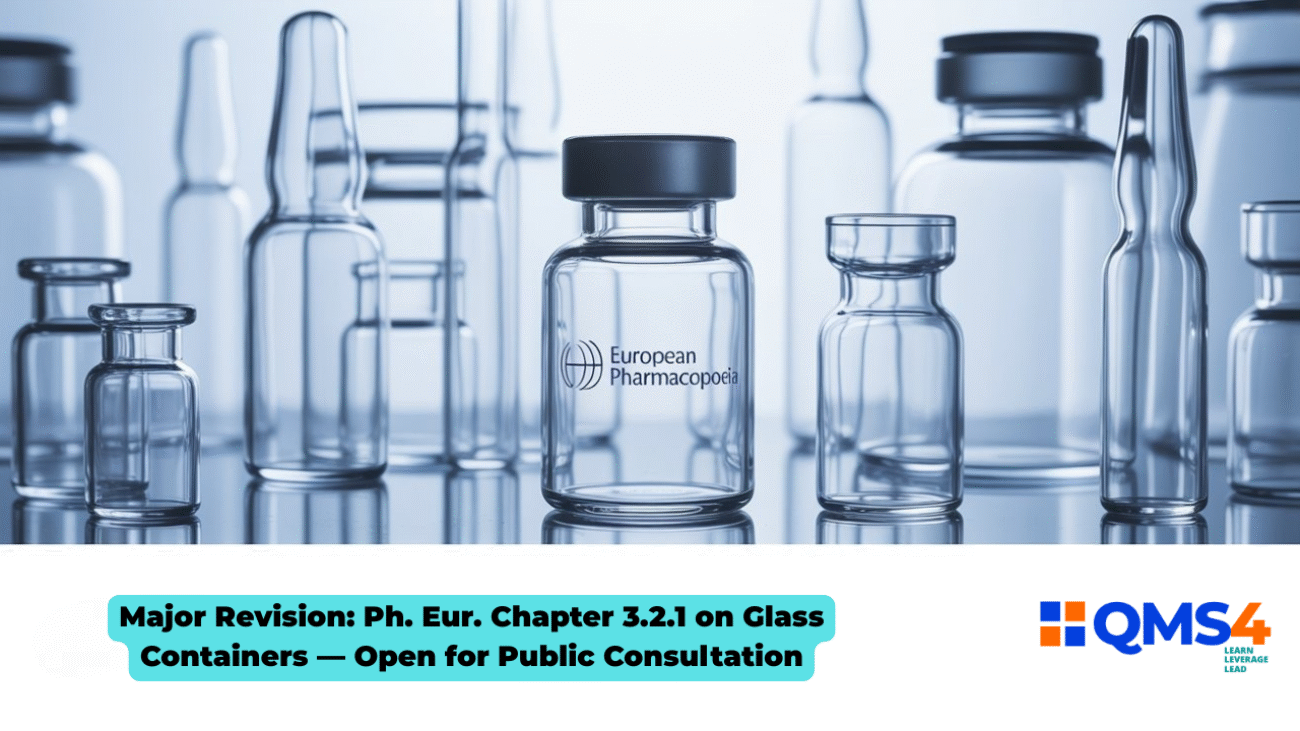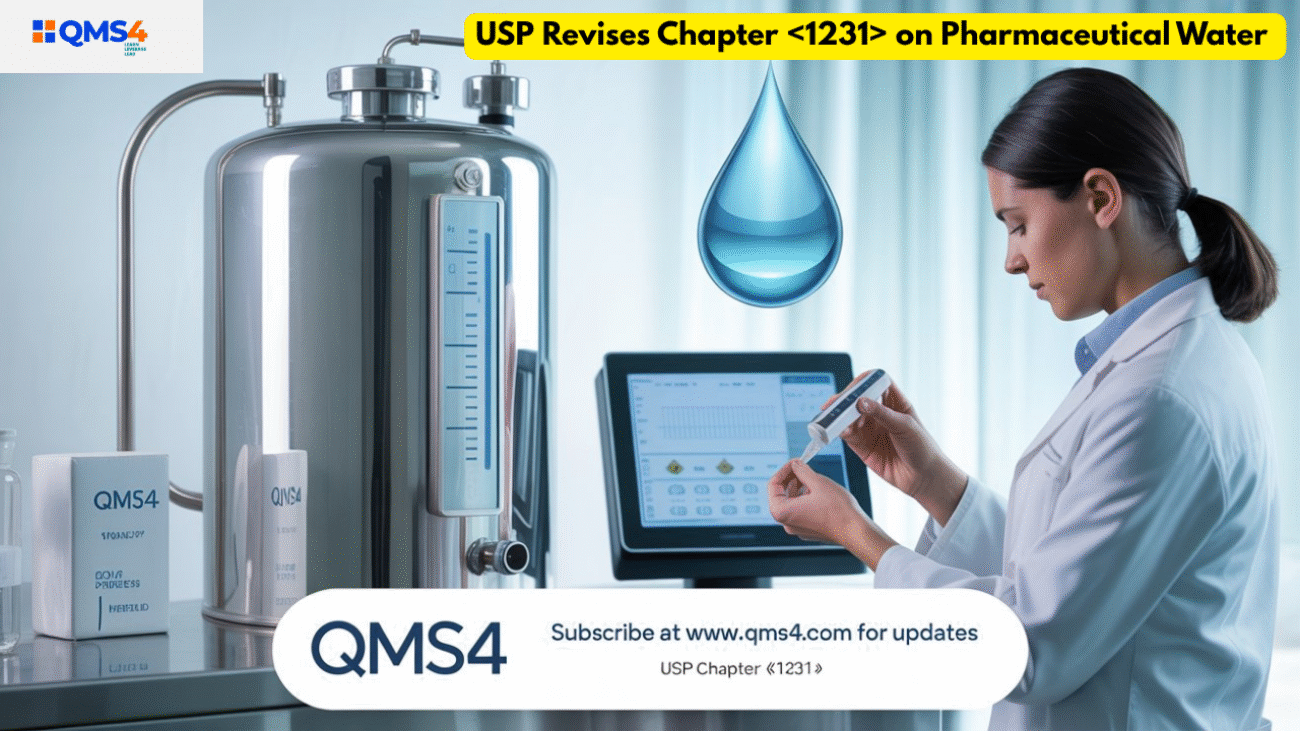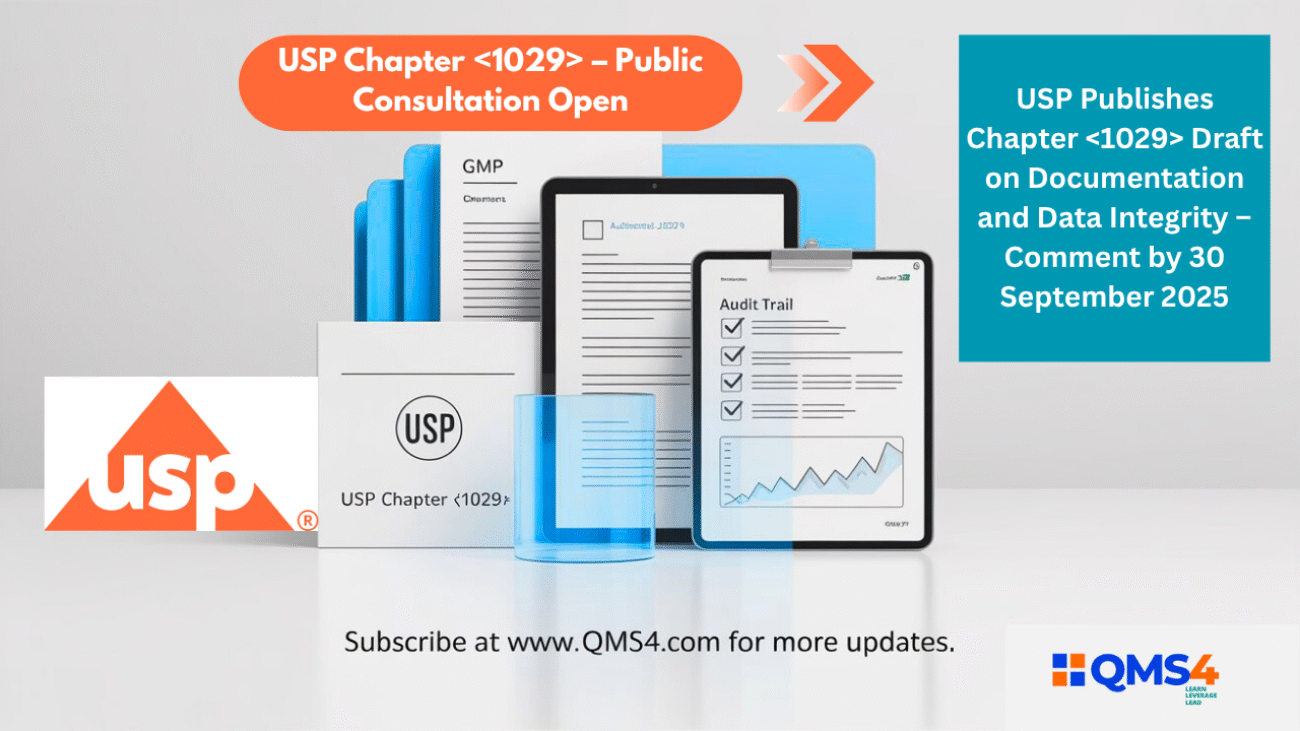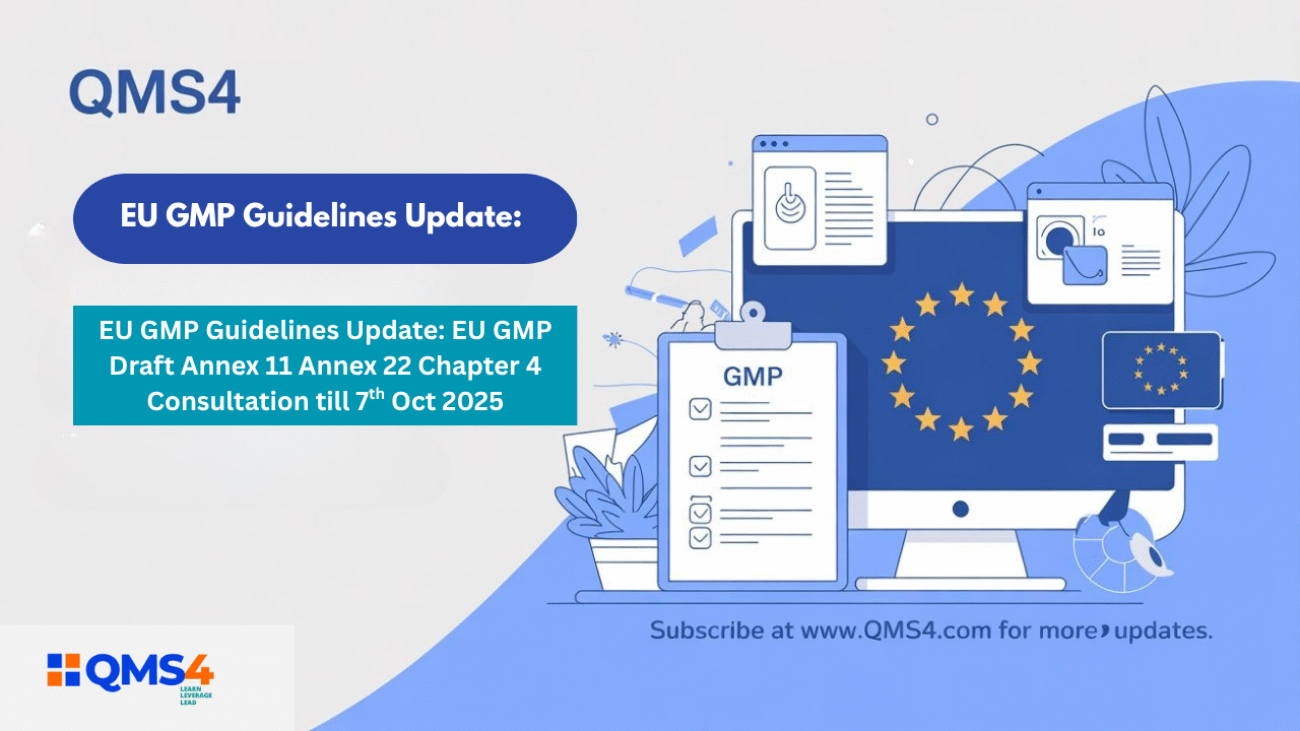Date of Recall: August 8, 2025
Manufacturer: DermaRite Industries, LLC (New Jersey, USA)
Affected Regions: United States & Puerto Rico
Summary
DermaRite Industries has voluntarily recalled multiple lots of its hand soap, cleanser, and antiseptic products after detecting contamination with Burkholderia cepacia (Bcc) — a bacteria capable of causing serious or life-threatening infections in vulnerable individuals.
Affected Products
- DermaKleen Antiseptic Lotion Soap with Vitamin E (1,000 mL & 800 mL)
- KleenFoam Antibacterial Foam Soap with Aloe Vera (1,000 mL)
- DermaSarra External Analgesic (7.5 oz)
- PeriGiene Antiseptic Cleanser (7.5 oz)
Expiration Dates: July 2025 – February 2027
Distribution: U.S. & Puerto Rico
A full list of affected lot numbers is available on the FDA recall notice.
Why This Matters
Burkholderia cepacia is a waterborne, opportunistic pathogen that can survive in moist environments and resist many common disinfectants.
- In healthy individuals: May cause localized skin infections.
- In immunocompromised individuals: Can spread to the bloodstream, leading to life-threatening sepsis.
- High-risk groups: Those with chronic lung diseases (e.g., cystic fibrosis) or weakened immune systems.
Symptoms to Watch For
- Fever, fatigue
- Localized redness, swelling, or irritation at the site of contact
- Respiratory distress (in susceptible individuals)
Because B. cepacia infections can be asymptomatic initially and may resist standard antibiotics, prompt medical evaluation is advised if exposure is suspected.
What to Do if You Have These Products
- Stop using immediately.
- Check lot numbers against the official FDA recall notice.
- Dispose of affected products according to local waste guidelines — do not pour into sinks or drains.
- Contact your healthcare provider if you suspect exposure, especially if you are immunocompromised.
- Some of the affected products may have been available through major retailers, including Walmart, according to consumer reports.
Reference
📌 View the FDA Recall Announcement
Gap Analysis & Immediate Actions for Quality Teams
When news like this drops, quality leaders should not just forward it to colleagues — they should use it as a trigger for a rapid internal health check. Here’s a recall-inspired gap analysis checklist you could send to your teams right away:
1️⃣ Product & Risk Scope Review
- Identify all water-based, non-sterile, or topical products in your portfolio.
- Review contamination risk assessments — especially for opportunistic pathogens like Burkholderia cepacia.
- Confirm whether products are used by immunocompromised populations or in healthcare environments.
2️⃣ Environmental Monitoring & Water Systems
- Re-check Purified Water (PW) / Water for Injection (WFI) microbiological specifications — ensure they include opportunistic pathogens, not just total microbial count.
- Audit cleaning & sanitization records for filling lines, mixing tanks, and holding vessels.
- Verify biofilm control strategies — B. cepacia thrives in biofilms inside water systems, pipes, and hoses.
3️⃣ Supplier & Raw Material Controls
- Review supplier qualification for high-risk inputs (e.g., surfactants, emulsifiers, plant extracts, water-based excipients).
- Ensure microbial specifications for incoming materials include environmental opportunistic pathogens.
4️⃣ Change Control & Trending
- Verify change control history for any recent equipment, supplier, or process modifications affecting water systems or sanitation.
- Review microbiological trending reports for early warning signs — small spikes before the breach.
5️⃣ Contingency Readiness
- Test your recall procedure — can you trace all distributed product within hours?
- Ensure cross-functional recall team readiness (quality, supply chain, regulatory, communications).
Can This Bacteria Contaminate Pharma, Food, Med Device, API, Biotech, or Vaccines?
Yes — Burkholderia cepacia is multi-sector relevant.
Burkholderia cepacia is environmental, waterborne, and opportunistic, which means it can contaminate products in multiple sectors:
|
Sector |
Potential Risk Points |
| Pharma | Aqueous non-sterile products, inhalation solutions, nasal sprays, oral suspensions, topical creams |
| API Manufacturing | Water-based steps in synthesis or purification, wet milling, liquid intermediates |
| Medical Devices | Pre-moistened wipes, gels, lubricants, wound care solutions, any device with residual moisture |
| Biotech | Media prep, buffer solutions, cell culture reagents |
| Vaccines | Contamination of non-sterile bulk solutions during manufacturing (rare due to strict asepsis) |
| Food | Moist environments in processing plants, especially water-based flavorings or syrups (less common) |
What Quality & Microbiology Professionals Should Do Immediately
- Expand Your Spec List → Add B. cepacia to in-process and finished product microbiological specs where relevant.
- Audit Your Water System → Check system design, dead legs, sanitization frequency, and microbial testing points.
- Review Environmental Monitoring Program → Ensure EM covers high-moisture risk zones and uses targeted microbial identification, not just counts.
- Check Preservative Effectiveness → Conduct preservative challenge testing, especially for long shelf-life products.
- Strengthen Supplier Oversight → Require proof of microbial control in supplier processes and test independently upon receipt.
- Train Staff → Refresh teams on contamination prevention, biofilm risks, and aseptic/clean handling in non-sterile production.
